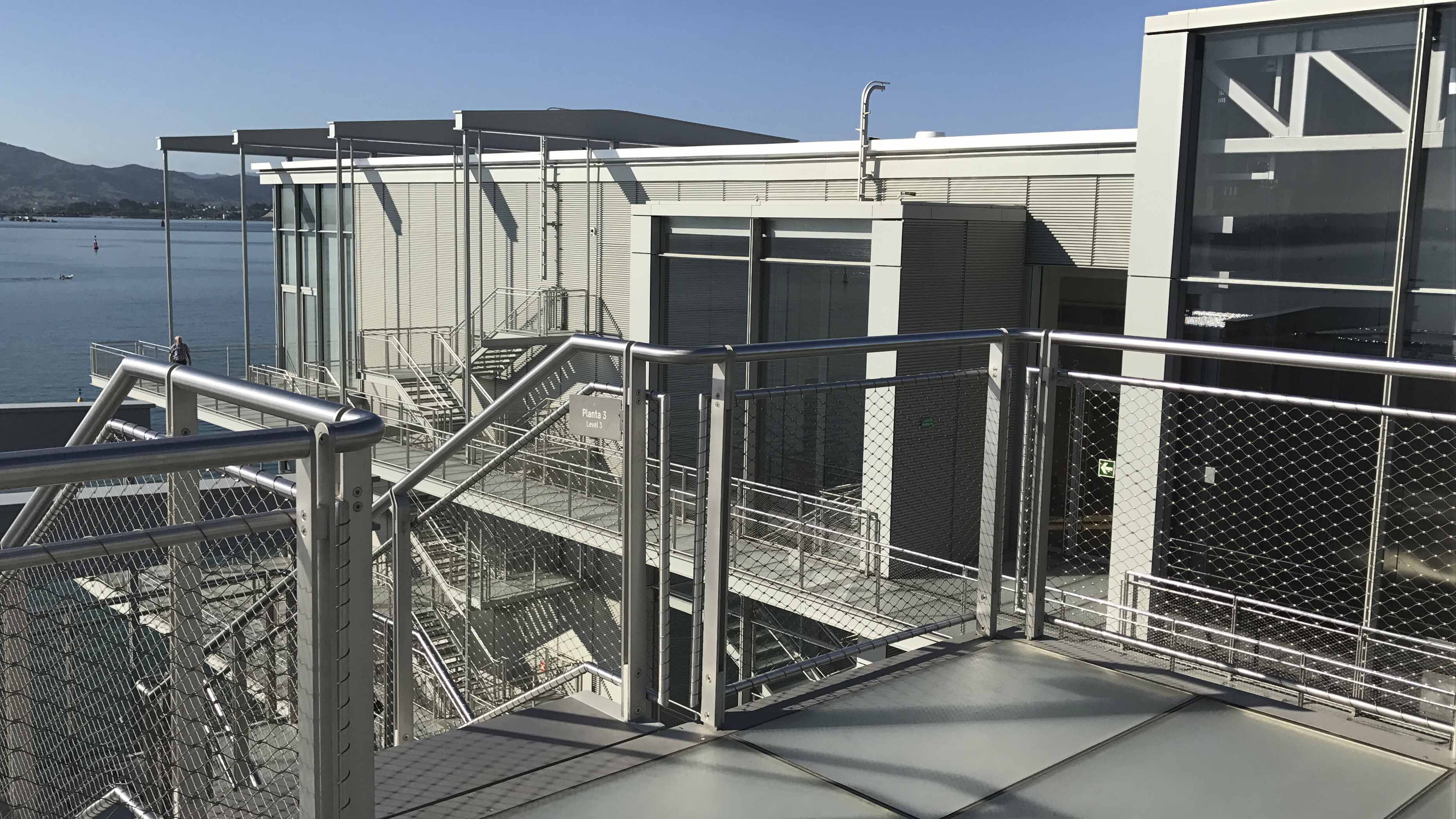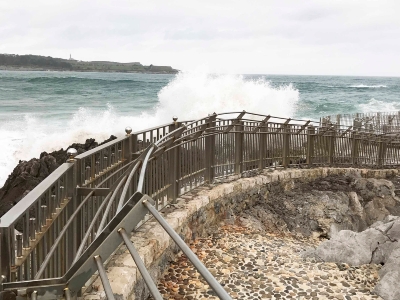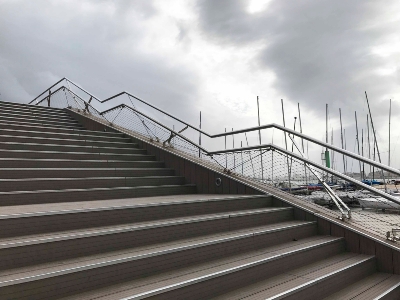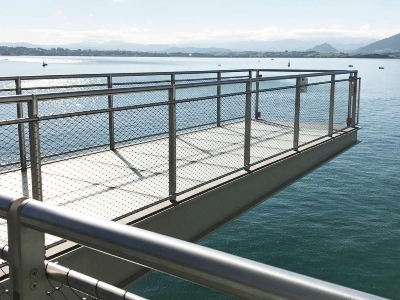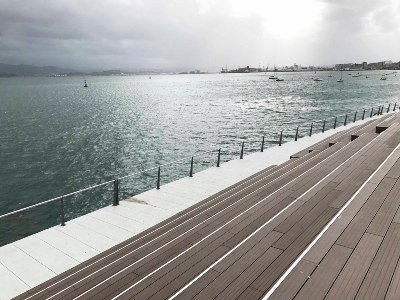Stainless steel in coastal areas
Stainless steel is a steel alloy with a 10.5% minimum chromium content. In comparison to carbon steel, stainless steel does not need any surface treatment to bear environmental agents.
Stainless steel is highly appreciated in architecture, architects specify the use of stainless steel due to its excellent resistance to corrosion and aesthetic qualities. The nature of this metal and its behaviour against corrosion make it ideal for outdoor applications, however it must be taken into account the right selection of the appropriate grade to avoid fissures and corrosion.
Stainless steel is a family of more than one hundred metallic alloys. Their common feature is that they have a maximum carbon content of 1.2% and a minimum chromium content of 10.5%. Within this family of grades, there are different degrees of corrosion resistance to various media from the very mild conditions in the interior of office buildings to the more corrosive conditions prevailing in an external marine environment.
More than 90% of all building applications can be covered with just a a handful of grades. The most popular alloy is the one called "asustenitic" which are mainly Nickel and Chromium alloys and are not magnetic when supplied. Among the different grades of them we are going to talk about the standard 1.4301 and 1.4401, the latter usually used in coastal areas.
1.4301
By far the most popular grade is the classical alloy called 18/8 o 18/10. This is an iron alloy with ∼18% Chromium (Cr) and 8.5 to 10% Nickel (Ni) The European standard designation according to EN 10088/1 is 1.4301, the equivalent American designation is 304. This is the usual grade for building interiors and exterior applications in a normal urban atmosphere.
1.4401
The most typical representative of this familily is grade X5CrNiMo17-12-2 / 1.4401 (with 18% Cr, 8.5 to 10% Ni and 2.5% Mo). The molybdenum content improves its resistance to pitting corrosion. Mo-containing stainless steel grades are suited to coastal regions where halides (mainly chlorides) are in the air. The American equivalent designation is 316.
Regarding the design of elements, it should avoid the necessity of in-situ welding procceses and it should provide space enough to reach the joint areas.
The best way to guarantee a good performance, is to choose a qualified and experienced stainless steel manufacturer.
To know more about “La correcta fabricación del acero inoxidable para arquitectura” (Good fabrication in architectural stainless steel)
